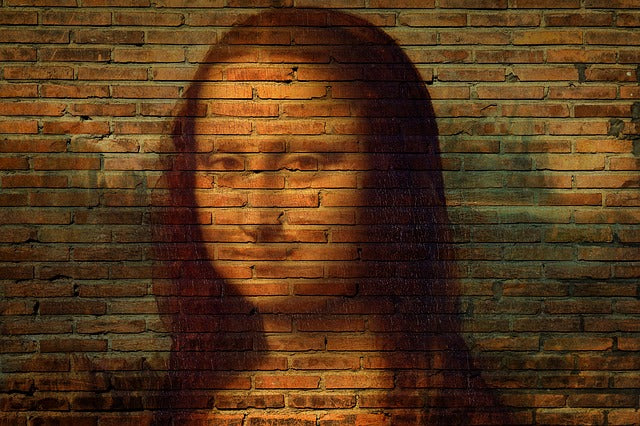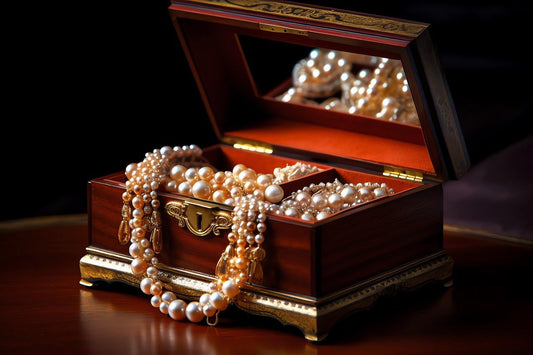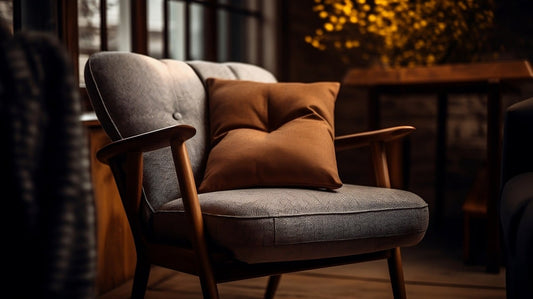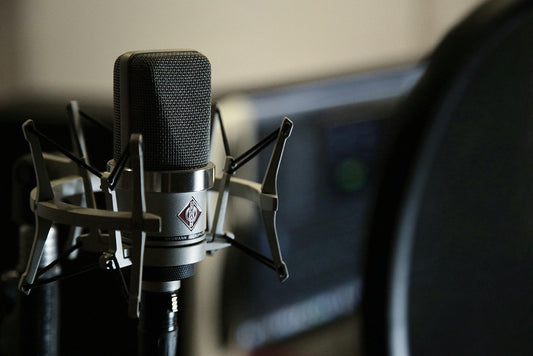My friend Lawrence wrote, “We do not call portraits people” and he’s right.
In the same vein, we should be careful with our expectations of perfection for the recorded arts. They are more like artistic portraits than realistic holograms.
The value in thinking about recordings as works of art is that we can lower some of our expectations and enjoy them for what they really are. Sound Portraits.
Our eternal search for building exact holographic copies of sound in our homes can be left more in the hands of the engineers attempting these miracles as opposed to listeners struggling to achieve the unachievable (at least for now).
I liken this train of thought to my education of the arts. When my family first dragged me into art museums I went with folded arms and a harrumph because few supposed masterpiece paintings were true to life—otherwise, what’s the point of a painting? Their often stylized interpretations of the human form deviated too far from the photographic for my engineering mind. It wasn’t until I realized that style was the point of the painting that I let down my guard and began to enjoy the experience.
Miles Davis Kind of Blue doesn’t recreate the live event any more than Leonardo’s Mona Lisa isn’t photographic, yet both can be savored best when understood they are only portraits.









